A garage door is one of the most frequently used systems in any home or commercial building. It opens and closes hundreds of times each month, handling heavy loads and constant motion. Without regular upkeep, even the strongest doors begin to wear down—leading to inconvenient breakdowns and costly fixes. Fortunately, consistent maintenance and awareness can prevent most of these problems. Here are essential preventive tips to reduce the need for Réparation porte garage Dor Docteur and keep your door functioning smoothly year-round.
1. Inspect Moving Parts Regularly
Every few months, visually inspect your garage door’s key components—springs, rollers, cables, hinges, and tracks. Look for signs of rust, fraying, or wear.
What to check:
- Loose bolts or brackets
- Worn-out rollers or hinges
- Unusual grinding or scraping noises
Catching these small issues early prevents them from turning into larger mechanical failures that demand expensive repairs.
2. Keep Tracks Clean and Aligned
Dust, dirt, or small debris can cause the garage door tracks to misalign or jam. A misaligned track puts extra pressure on the motor and rollers, increasing wear.
Prevention steps:
- Clean tracks monthly using a dry cloth or soft brush.
- Avoid lubricants on the track surface—only use them on rollers and hinges.
- Check track alignment by ensuring both sides are parallel and even.
If you notice uneven gaps or resistance, professional adjustment may be required to restore proper alignment.
3. Lubricate Moving Components
Friction is one of the biggest causes of garage door wear. Proper lubrication minimizes strain on moving parts and extends their lifespan.
Where to apply lubricant:
- Hinges
- Rollers
- Springs
- Bearings
- Door opener chain or screw drive
Use a silicone-based or lithium grease—not oil—to prevent dust buildup. Reapply every three to six months for smooth, quiet performance.
4. Balance the Door Regularly
An unbalanced door forces the motor and springs to work harder than necessary. Over time, this imbalance can cause cable wear or complete motor failure.
Simple balance test:
- Disconnect the opener.
- Lift the door halfway manually.
- If it doesn’t stay in place, the spring tension is off.
Always call a professional to adjust springs—DIY attempts can be dangerous due to high tension levels.
5. Check Weather Seals and Insulation
Weather seals prevent water, dust, and insects from entering your garage. When they crack or peel, your system becomes vulnerable to rust and temperature fluctuations.
Maintenance tip:
Inspect seals at the bottom and sides of the door. Replace damaged rubber gaskets immediately to maintain energy efficiency and protect metal components from corrosion.
6. Test the Safety Reversal System
Modern garage doors include an auto-reverse safety feature that detects obstacles. If this system fails, the door could cause property damage or injuries.
How to test:
- Place an object (like a block of wood) under the door.
- Close the door. It should reverse automatically upon contact.
If it doesn’t, call a qualified technician to inspect sensors and recalibrate the opener system.
7. Avoid DIY Spring Repairs
Springs handle extreme tension and are one of the most dangerous parts of a garage door system. Attempting to fix or replace them yourself can cause severe injury or further mechanical damage.
Instead, schedule professional servicing once a year. Technicians can check spring tension, balance, and condition to prevent sudden breakage.
8. Keep Remote Controls and Sensors Clean
Dirty sensors or malfunctioning remotes are often mistaken for motor failures.
Quick maintenance:
- Clean sensor lenses with a microfiber cloth.
- Make sure nothing blocks the sensor beam.
- Replace remote batteries every 6–12 months.
Proper sensor alignment ensures smooth operation and consistent signal response.
9. Tighten Hardware Every Few Months
Garage doors move thousands of times per year, loosening nuts and bolts gradually. Loose hardware creates rattling noises and mechanical instability.
Use a wrench to tighten brackets, hinges, and roller mounts during each inspection. It’s a quick, no-cost fix that prevents unnecessary strain on the system.
10. Schedule Annual Professional Maintenance
Even with regular DIY upkeep, professional servicing is crucial. Expert technicians have the tools to detect hidden wear or early signs of malfunction.
Annual maintenance from trusted providers—such as those offering Réparation porte garage Dor Docteur—typically includes:
- Full system lubrication and tension adjustment
- Spring and cable inspection
- Sensor calibration
- Motor and safety system testing
Proactive maintenance prevents emergency breakdowns and extends the life of your entire garage door system.
Final Thoughts
Preventing frequent garage door repairs isn’t complicated—it’s about consistency. Regular inspections, lubrication, and alignment checks take only a few minutes but can save hundreds of dollars in future repair costs.

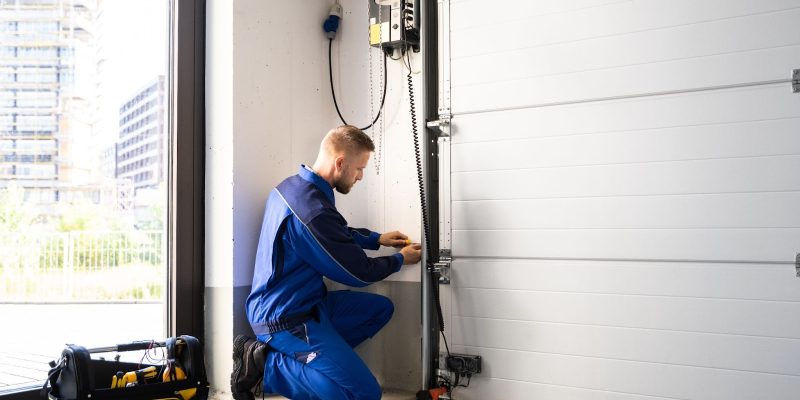
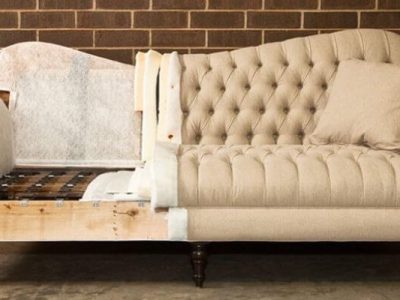


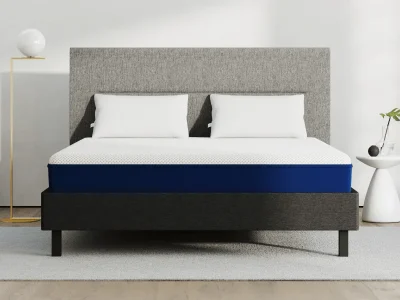
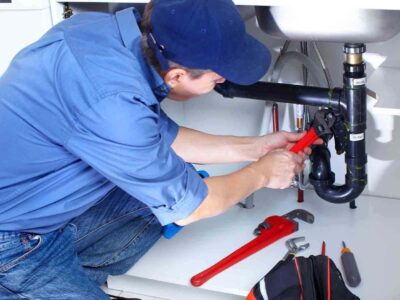
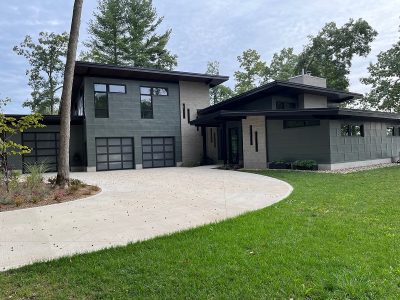
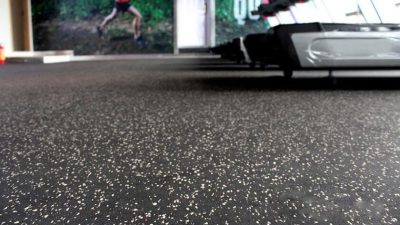


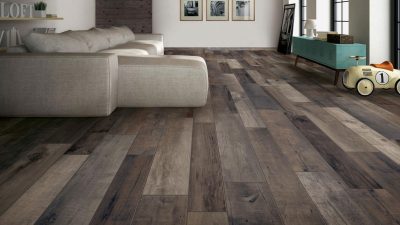

Comments